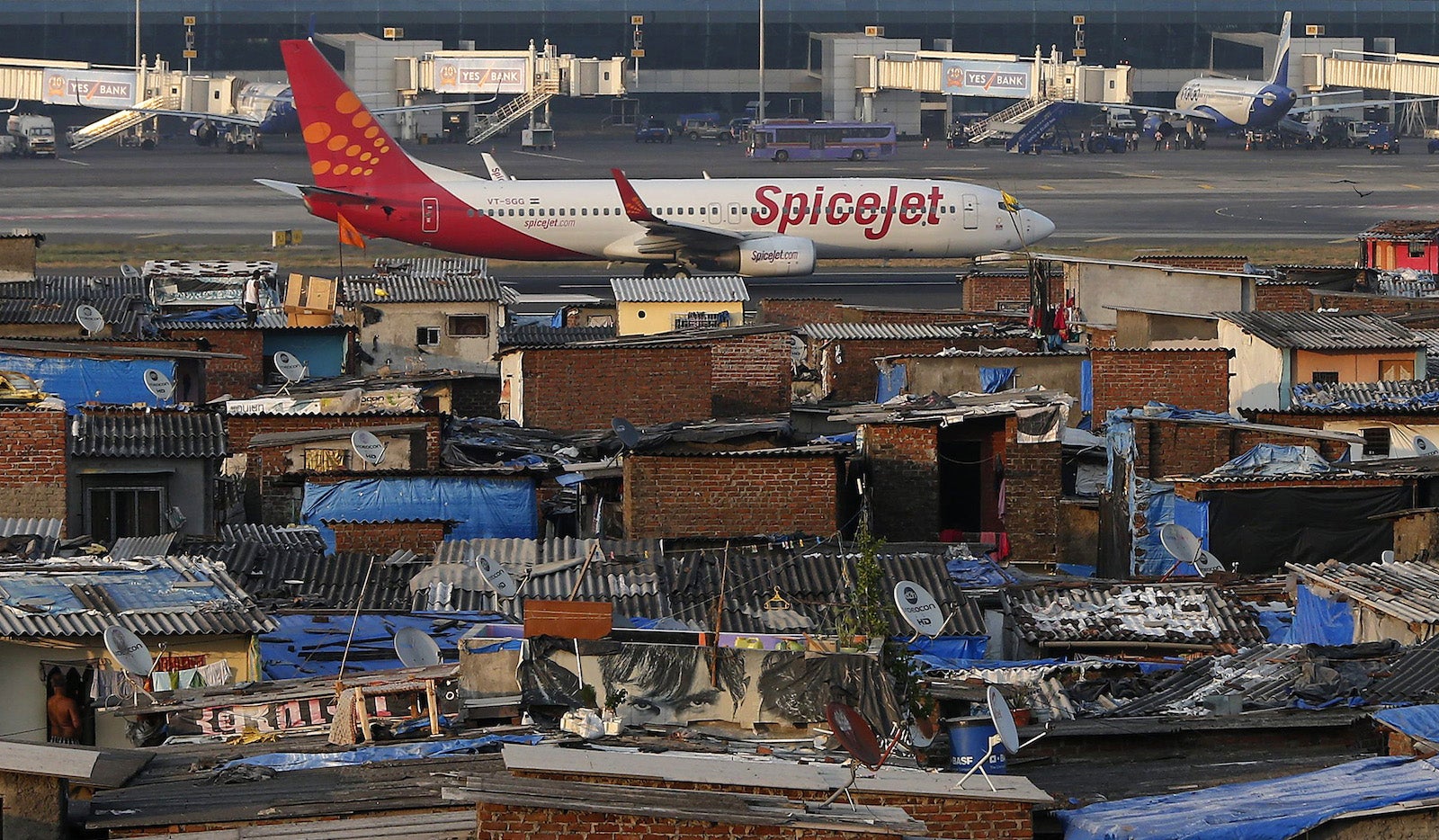SpiceJet, an errant buffalo and everything else that went wrong with Indian aviation in 2014
The year began with India being downgraded to category II status by the United States Federal Aviation Administration in January. A country that is expected to become the world’s third largest airline market within a decade joined some of the lowest third-world countries in terms of safety and regulatory oversight rankings.


The year began with India being downgraded to category II status by the United States Federal Aviation Administration in January. A country that is expected to become the world’s third largest airline market within a decade joined some of the lowest third-world countries in terms of safety and regulatory oversight rankings.
It was an expected—and justly deserved—verdict on the clueless, apathetic, corrupt policies and practices of the Indian government and its civil aviation regulator.
Further damnation came when the Comptroller and Auditor General (CAG) of India questioned the propriety of actions taken by the civil aviation ministry during the tenure of Praful Patel. Some of these actions include Air India’s excessive fleet purchases and doling of massive seat entitlements to foreign carriers, especially the Gulf behemoths.
Toxic environment
In May this year, the new Modi government was voted in with much expectation of reviving India’s flagging economy. But little has improved—India remains a toxic environment for airlines.
Costs are insanely high because of fuel taxation policies and the monopoly of gold-plated airports. Aircraft lenders, burnt by the failure of Kingfisher Airlines, refuse to finance the Indian airline industry. And the government does not have a comprehensive civil aviation policy.
The few ad-hoc decisions were made through the myopic prism of ostensibly protecting the national carrier, Air India, which in turn is surviving only on tax-payer funded bailouts aggregating over $6 billion (Rs30,000 crore) by 2020.
To top it off, Indians are notorious for demanding cheap prices—and air travel is no exception. When airlines raise prices, passenger numbers drop precipitously.
So, as the US economy recovers and oil prices lower, global airlines are finally seeing potential profits; but not their Indian brethren who have collectively reported loses close to $1.7 billion or Rs10,000 crore for the last fiscal.
The more things change, the more they remain the same.
Meanwhile, we are witnessing low fare carrier SpiceJet’s struggle for survival: Will it? Won’t it?
I would like to believe it will. Otherwise there will be no bulwark against the complete domination by India’s largest domestic airline, IndiGo. Air India is incapable of performing; Jet Airways has effectively become just a feeder for 24% stakeholder Etihad Airways; and GoAir, Air Costa, and AirAsia India are just too small.
Buffalo on runway
And, there were some other incidents this year that mustn’t go unnoticed.
Jet Airways’ pilots, in two separate cases, caused a flutter in the skies over Europe by their poor piloting.
Elsewhere, the apathy and efficacy of government airport operator Airports Authority of India and the Gujarat state security forces were exposed when a SpiceJet Boeing 737 hit a water buffalo on take-off at Surat.
If a dumb lumbering animal could penetrate the most secure area of an airport unchecked, how easily would it be for a group of determined terrorists?
Something to cheer about
But all is not doom and gloom. The global aviation saw some highs and lows in 2014, and India was no exception.
- IndiGo completed taking delivery its first order; for an audacious 100 Airbus A320s placed way back in 2005.
- Air India made a much-delayed entry into the Star Alliance.
- India finally permitted operations of the Airbus A380 and Singapore Airlines became the first operator to fly it into the country.
- AirAsia India began operations.
- Mumbai opened its fancy Terminal 2 at the Chhatrapati Shivaji International Airport.
- And the Tata group, along with Singapore Airlines, will realise their 20 year old quest when their joint-venture airline, Vistara, takes to the skies on January 9, 2015.
And it appears 2015 will be no less interesting as the newcomers battle the incumbents—and the system.